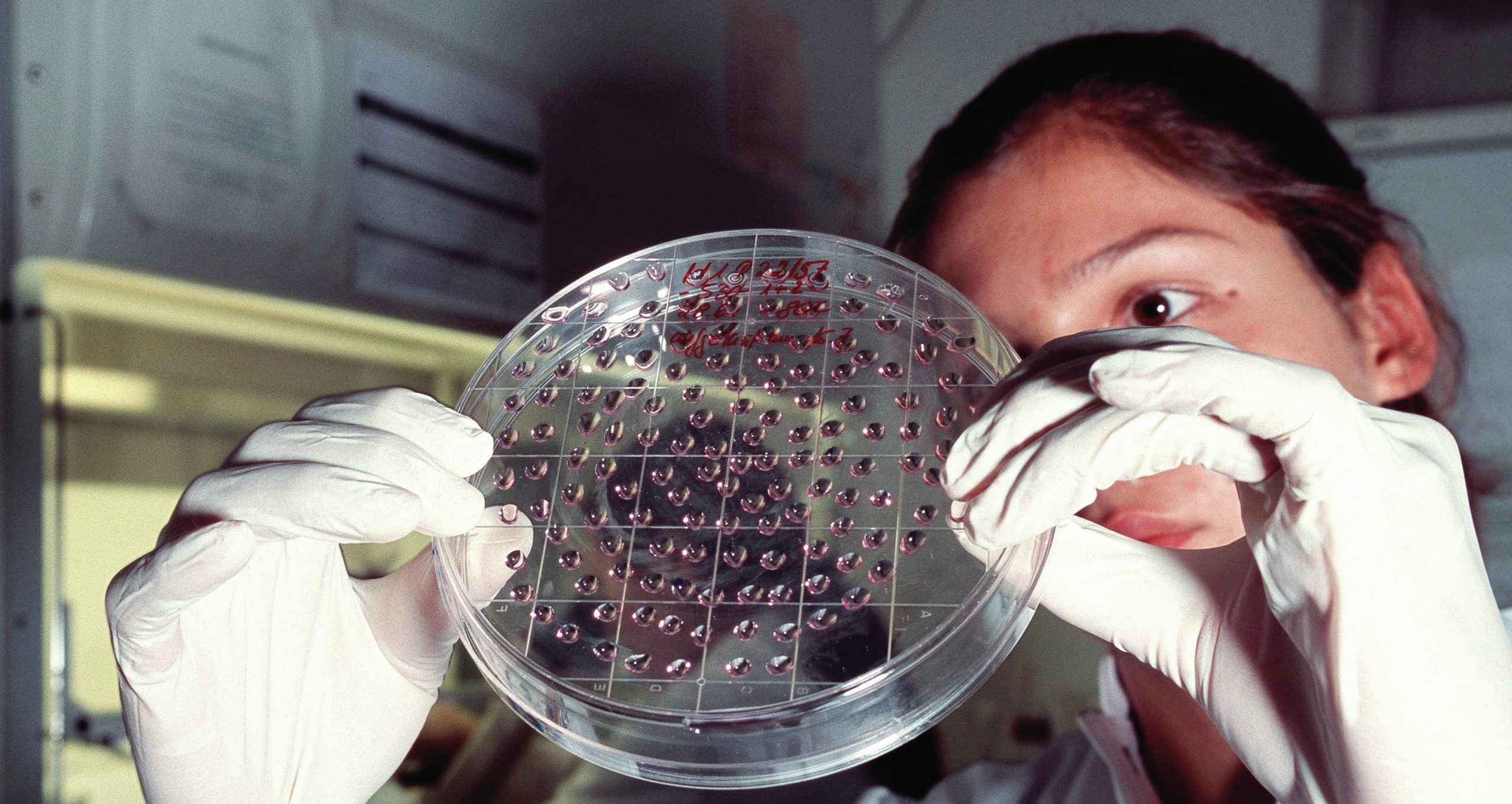
Research using embryonic stem cells has generated debate about the ethical issues concerned. But what are stem cells, how are they produced in the laboratory and what is their therapeutic potential?
Human embryonic stem cells are usually obtained from embryos surplus to requirements following in-vitro fertilisation (IVF). By law such embryos have to be destroyed after 5 years. During IVF, sperm are used to fertilise an egg in a Petri dish. Following a series of cell divisions, a cluster of cells known as a blastocyst develops (see Figure 1), which is then implanted into the uterus. Cells extracted from a blastocyst can be grown in artificial culture. One of the defining characteristics of embryonic stem cells is that they are able to multiply indefinitely in cultures. They can therefore be maintained in a laboratory for many years and are thus described as established cell lines (see Figure 2).
Your organisation does not have access to this article.
Sign up today to give your students the edge they need to achieve their best grades with subject expertise
Subscribe




